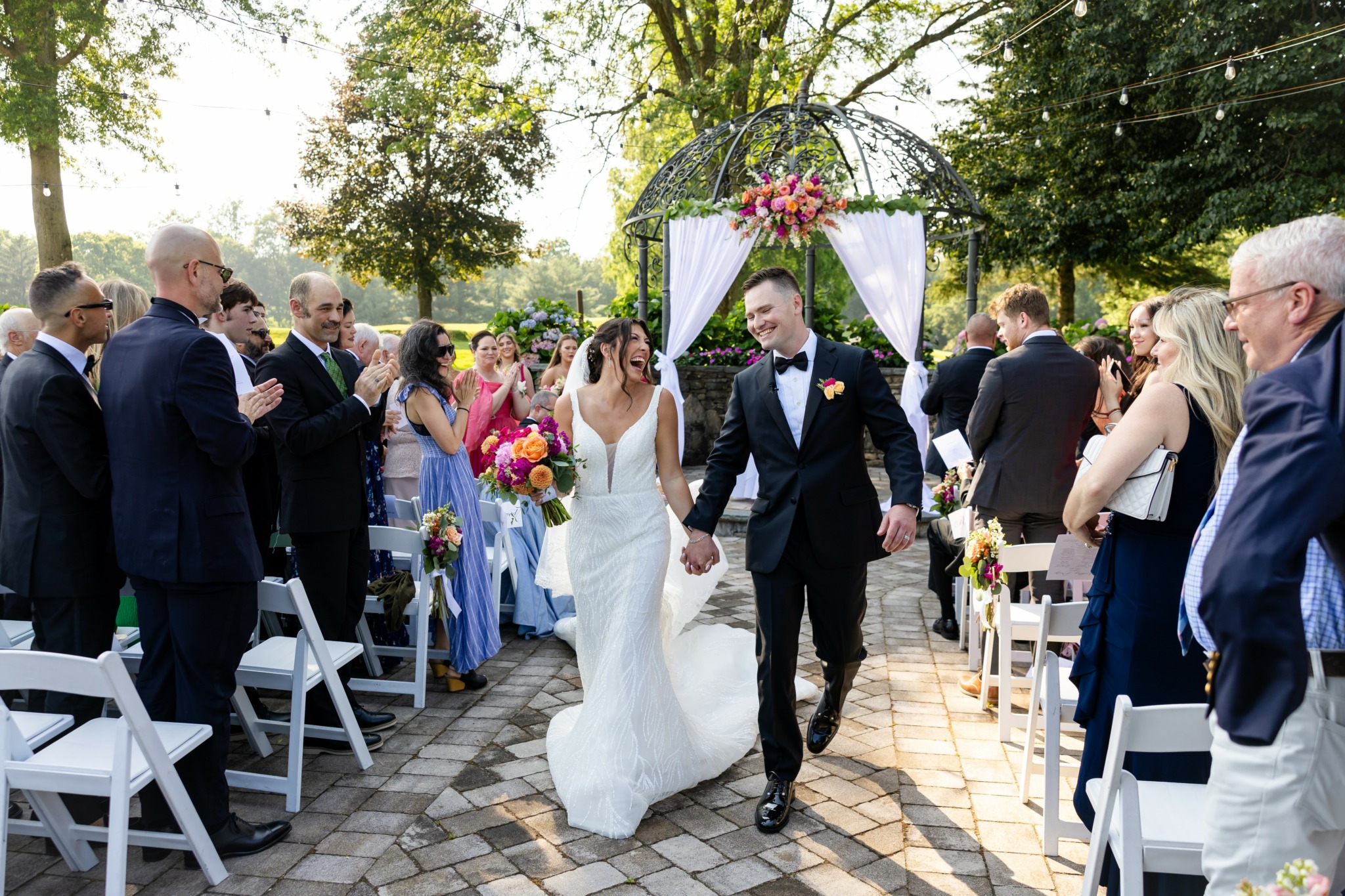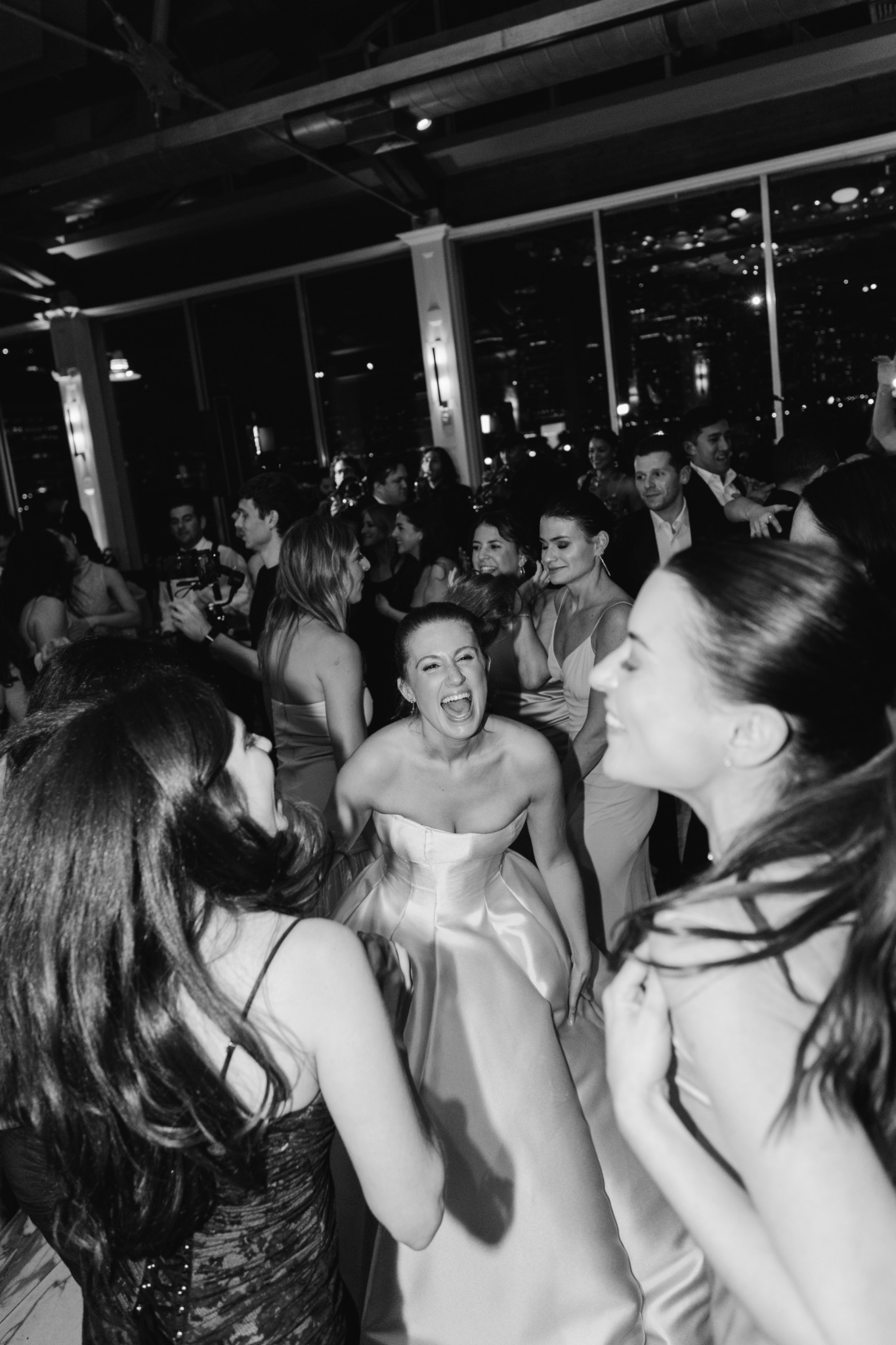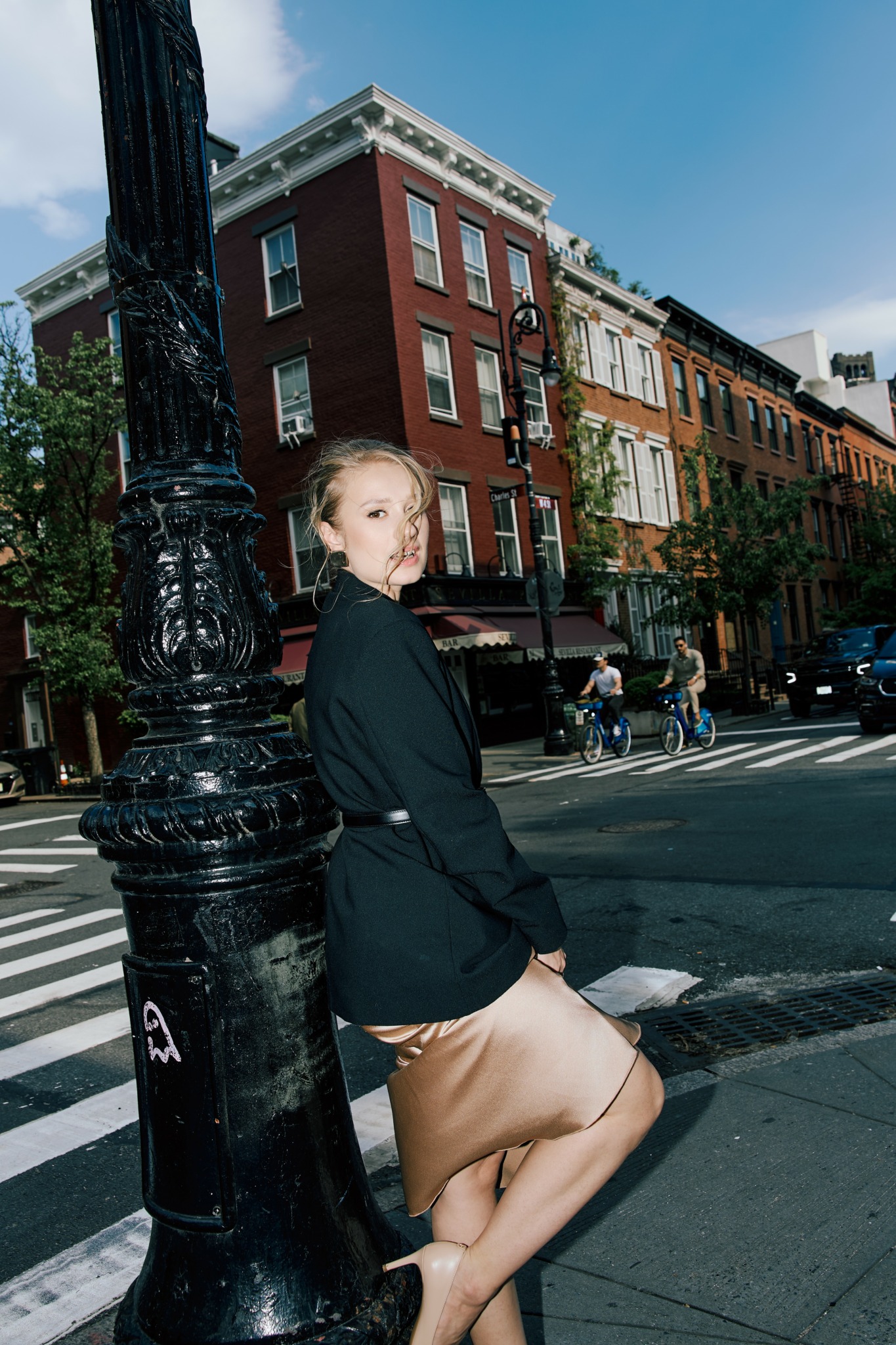We caught up with the brilliant and insightful Alina Delfino a few weeks ago and have shared our conversation below.
Alina, appreciate you joining us today. We’d love to start by getting your thoughts on what you are seeing as some the biggest trends emerging in your industry.
What’s the biggest trend I’m seeing in the wedding world right now?
Honestly, it’s the shift away from perfection.
With all the AI-generated wedding content floating around — the perfect poses, flawless skin, dream-like lighting — a lot of it starts to feel kind of… empty. It looks great, but there’s no emotion behind it. And I think couples are really craving the opposite these days: photos that feel real, a little messy, and full of soul.
People aren’t asking for super retouched images anymore. They don’t mind a tilted horizon, someone random in the background, or a shot that doesn’t have perfect composition. If anything, those little imperfections make the photo feel more alive. What they care about is the feeling: the vibe of the day, the energy, the realness.
And alongside that, film photography is making a big comeback. It’s not just a trend, it taps into something deeper. Film reminds us of a time when every shot mattered. You couldn’t take 300 photos of the same scene. Shooting on film felt intentional, and the results were special, even if they weren’t technically perfect. That’s what couples are connecting with: the nostalgia, the uniqueness, the emotion.
Gen Z couples, especially. They’re not after picture-perfect. They want honest, unfiltered memories that feel true to them. And film has this beautiful way of giving them just that.
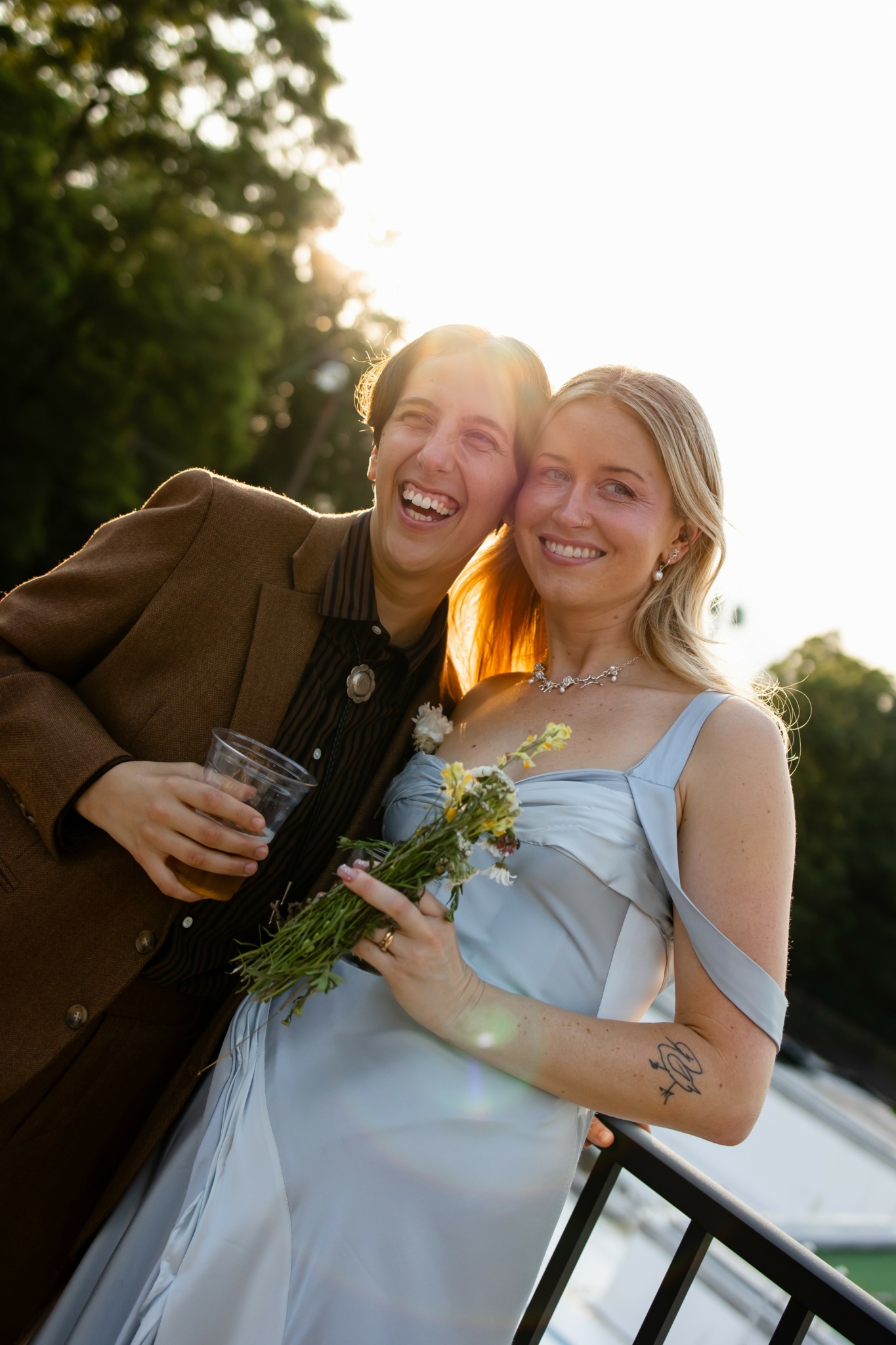

As always, we appreciate you sharing your insights and we’ve got a few more questions for you, but before we get to all of that can you take a minute to introduce yourself and give our readers some of your back background and context?
For anyone who doesn’t know me yet, I’m a wedding photographer based in New York. What really drives me in this work is the desire to do things a little differently. There are still a lot of old-school habits in the wedding world, especially around how weddings are photographed. And I’ve never really related to that traditional, overly staged style. I want the experience (and the photos) to feel more human.
One of the first things I did when building my business was set up a healthier, more intentional way of working behind the scenes. I care a lot about the energy of my team and the process, not just the final result. That support system on our end makes a big difference in how everything flows.
But the heart of what I do is really about helping couples feel at ease. A lot of people tell me the same thing: they don’t want their wedding to feel like a big photo shoot… but they also don’t know how to act when a camera is on them. That awkwardness is totally normal. And it’s something I’m really tuned into.
I see my role not just as a photographer, but as someone who can create comfort and calm: a bit of a guide, sometimes a friend, sometimes a quiet cheerleader in the background. My goal is always to build trust, so that by the time the wedding day comes, we’re not strangers. We’ve already spent time together, talked through their timeline, done an engagement session: there’s a real relationship there.
Weddings are deeply personal, and I truly believe the best photos happen when people feel seen, supported, and relaxed. That’s what I’m here for — not just to take photos, but to create an experience that feels good all the way through. And that, I think, is what sets my work apart.

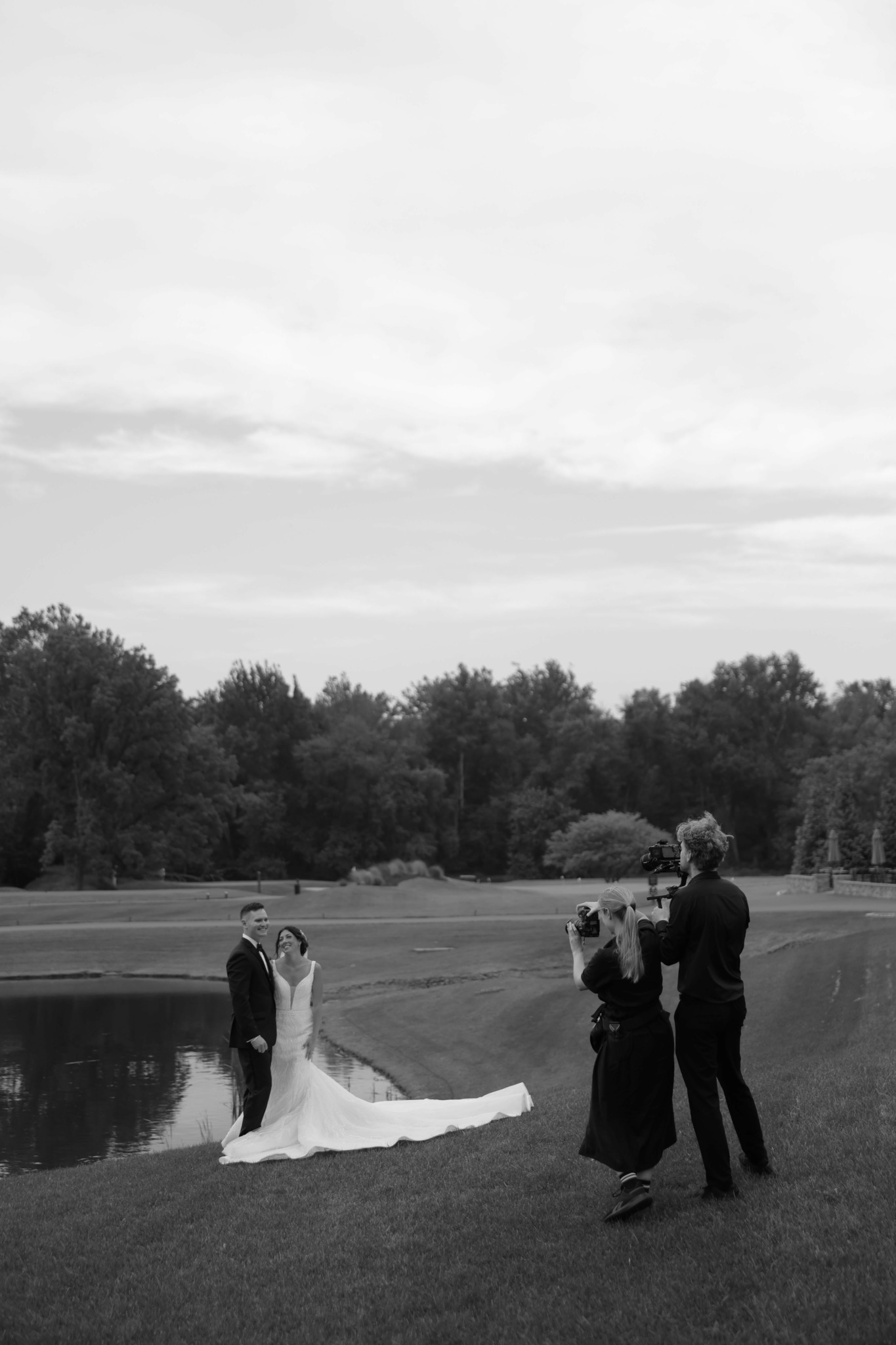
Do you have any insights you can share related to maintaining high team morale?
Assign tasks, but don’t micromanage how they get done.
Every person on my team is an artist and a creative, that is why I chose to work with them. Letting go of control is hard for me (hello, personality quirks!), but I force myself to do it here. Early in my wedding photography career, I’d obsessively direct my second shooter or videographer, and it backfired. The shots ended up repetitive because only my perspective came through. But the real magic is in the team’s collective vision. Mixing different approaches creates a far richer, more dynamic gallery. Now, if I ask my second shooter to capture the groom or reception details, I don’t hover, and I definitely don’t reshoot their work! Nothing kills motivation faster than that.
Another non-negotiable? Paying your team well and genuinely caring for them. I always start wedding days with coffee and donuts for the crew. Mid-event, I check in to make sure everyone’s energized, and if I see self-doubt creeping in, I step in with encouragement. When I was a second shooter myself, I had some brutal experiences: being told I was ‘’nothing’’ left me burned out and traumatized. I swore I’d never treat my own team that way. And now I’m proud that my photographers and videographers choose to work with me year after year. My turnover’s rock-bottom because I treat every teammate like a best friend.
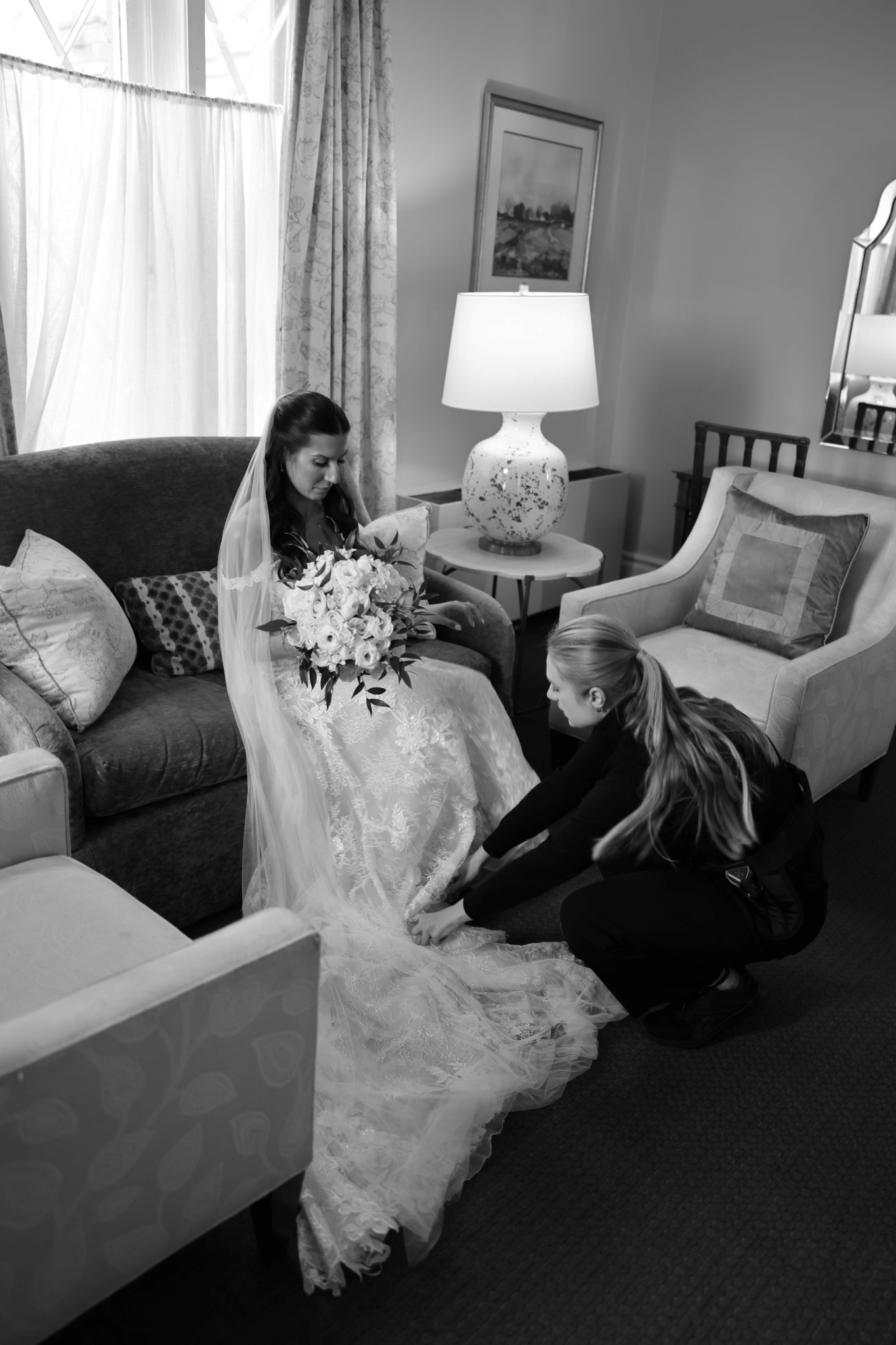
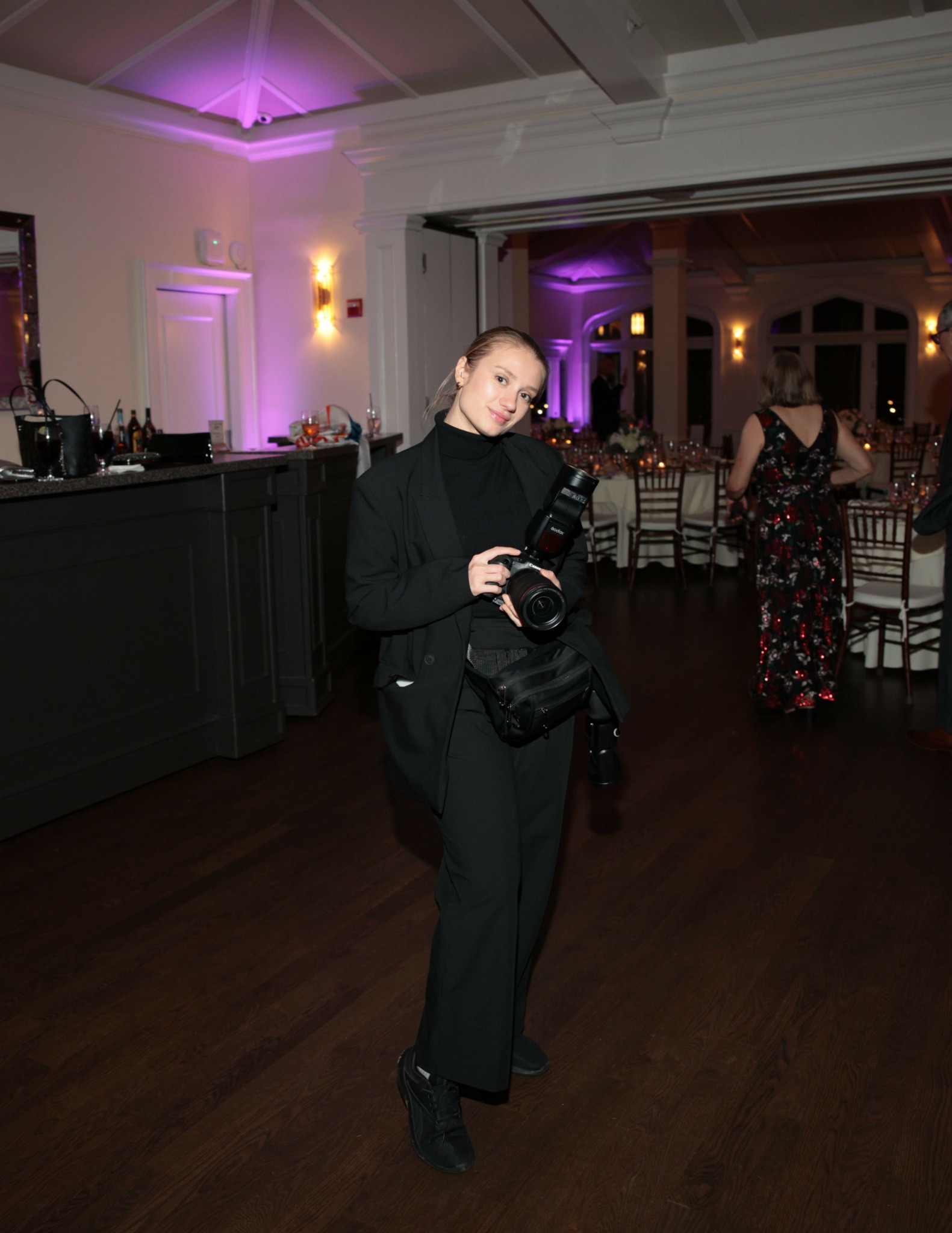
We often hear about learning lessons – but just as important is unlearning lessons. Have you ever had to unlearn a lesson?
I’ve been in this game a while: 2025 marks my eighth year as a full-time photographer. And let me tell you, the industry looked very different eight years ago. I trained under old-school masters, so I’ve got composition and technical standards drilled into my bones. But when I moved to the U.S. six years ago, I had to adapt fast. The hardest lesson was letting go of that ‘flawless,’ hyper-polished aesthetic.
Even now, it doesn’t come naturally to me. But I’ve trained myself to prioritize what the client actually wants (I ask them upfront). If raw emotion trumps perfection, I switch gears — my brain literally works differently during those weddings. It used to feel like fighting my instincts, but these days it feels way easier than year one.
Contact Info:
- Website: https://alinadelfinowedding.com/
- Instagram: https://www.instagram.com/alinadelfino/
